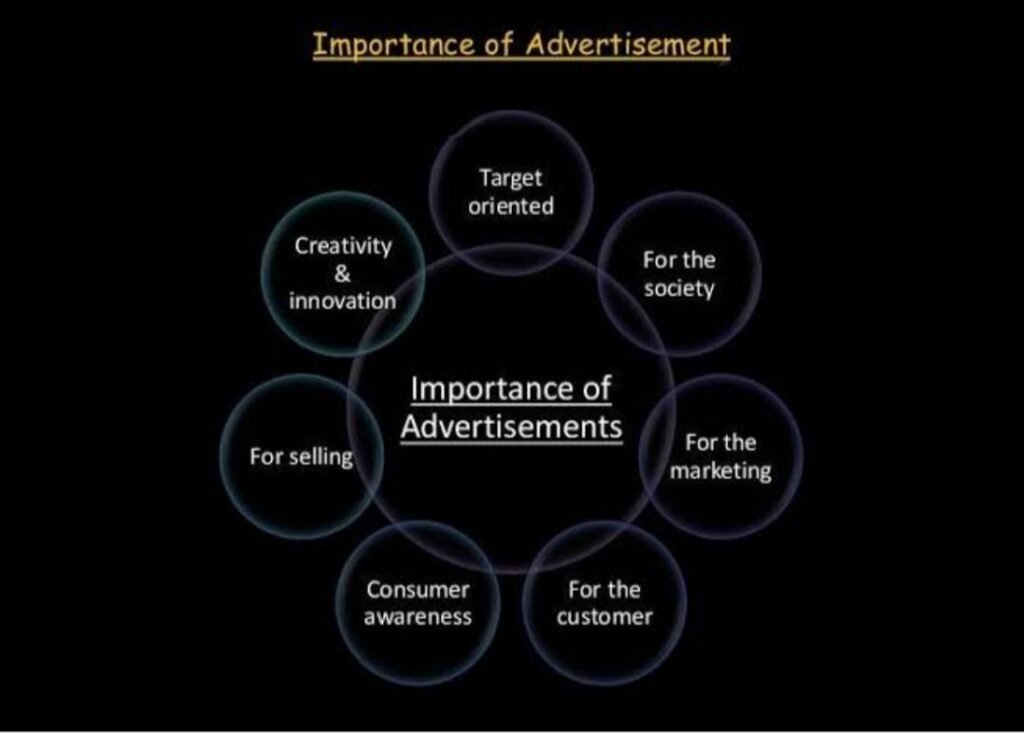Are the advertisements really provides us informations or only misguide us? Are they a reliable source of data or a cunning means of deception? Here is an article on based the role played by advertisements in providing informations.
Every movement we take exposes us to advertisements: at home on television or radio, on billboards in the streets, in newspapers, and so on. But have we ever considered how much power they wield over us? Are they a reliable source of data or a cunning means of deception?

Advertising is a form of commercial communication in which a product, service, or concept is promoted or sold through the use of an explicitly sponsored, non-personal message. Businesses that want to market their products or services are often advertising sponsors. Advertising differs from public relations in that the advertiser pays for the message and has control over it. It varies from personal selling in that the message is not personalised, that is, it is not directed at a specific person. Traditional media such as newspapers, magazines, television, radio, outdoor advertising, or direct mail; and new media such as search results, blogs, social media, websites, or text messages are all used to transmit advertising.

The primary goal of all forms of advertising is to persuade us to purchase a thing. Marketing gurus compete to see who can come up with a better tagline to attract customers. They may employ deceptive methods to achieve this, so we are unaware of the impact commercials have on us (for example the meaning of colours). They almost always lie — even the most cutting-edge facial creams won’t make us seem 20 years younger. Producers are simply waiting for our gullibility to deplete our bank accounts. In most circumstances, advertising have no purpose other than to promote the product’s benefits.
However, for several years, we’ve been able to view commercials funded by the government, particularly on billboards. They provide us with a wealth of information on topics such as alcoholism, drug addiction, HIV/AIDS, and bribery. Their major goal is to draw our attention to these issues, demonstrate that they exist in our country, and indoctrinate us to begin taking action to address them. Government advertisements are undoubtedly a more intelligent means of disseminating information. However, we can’t tell whether they operate as a tool of manipulation or not because we can’t test it.

Because of the advertisers’ perceived self-interest in presenting product information in a biassed or deceptive manner, advertising is viewed as an untrustworthy source. Advertising messages in print and online media must be identified as advertisements by law, so that recipients can consider source information when assessing the messages’ reliability. Little is known about how these source tags are remembered at this time.
According to research conducted under the source-monitoring paradigm, source attributions are frequently reconstructed through schematic guessing rather than being based on veridical source memory. We looked at how the believability of advertising messages influences these source attribution processes in two studies. The source of the messages influenced credibility judgements at the time of encoding, but the source tags were quickly forgotten.

The a priori credibility of the messages influenced retrospective source attributions in the absence of memory for the source tags: statements with low a priori credibility were more likely to be (mis)attributed to advertising than ones with high a priori credibility. Because source information is quickly forgotten and memory-based source attributions are heavily influenced by schematic factors, these findings suggest that simply flagging untrustworthy sources is of limited use.
Overall, the advertising industry’s purpose is always the same. Whatever they want to show us, their goal is to capture our attention and manipulate us.













































